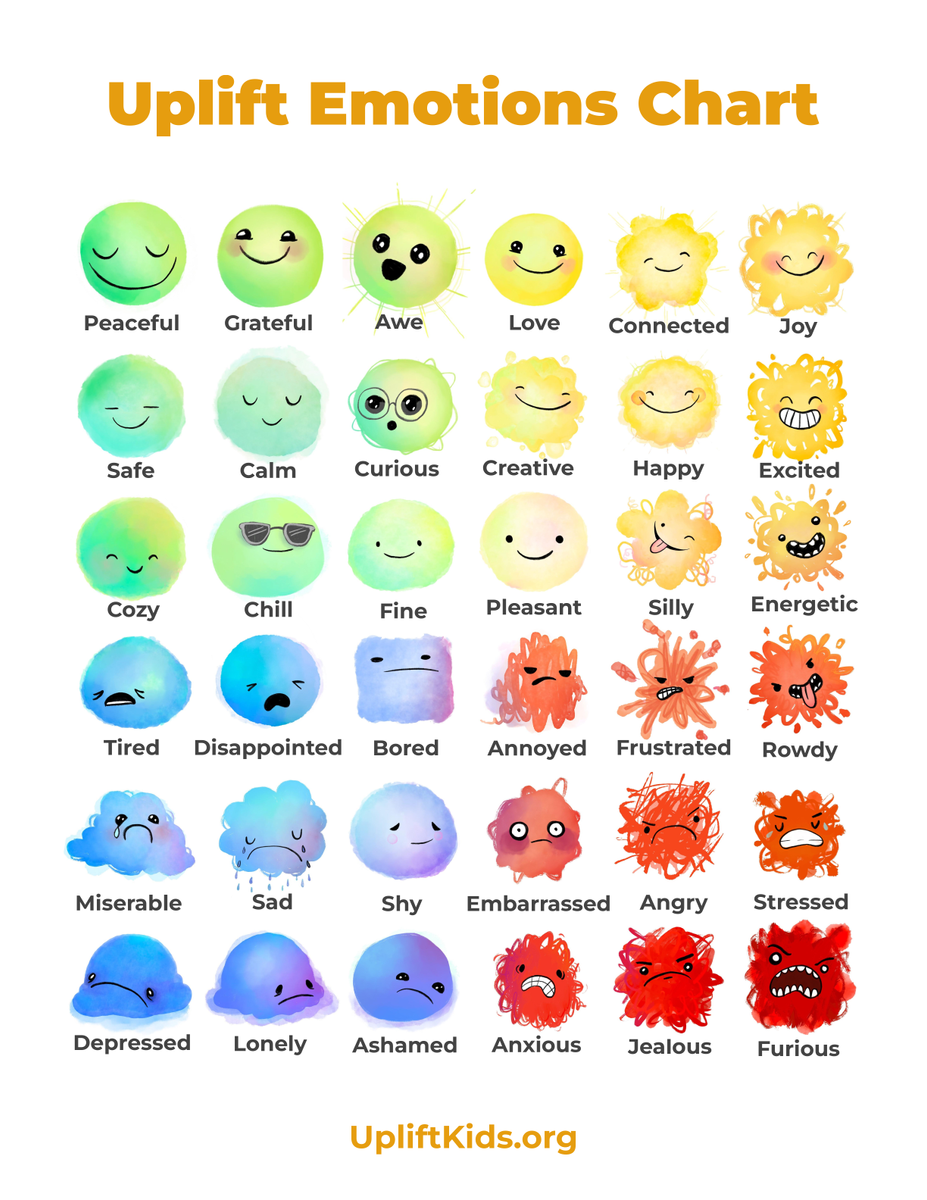Wellbeing
Parent/Carer Hub

Wellbeing
Parent/Carer Hub
Have you ever noticed your child calm down just a little after saying, “I’m really angry right now,” or “That made me sad”? There’s a powerful reason for that! Research shows that naming an emotion can actually help lessen its intensity. This simple skill can be a game-changer for young children as they learn to navigate their feelings.
When children (or adults!) feel overwhelmed, their brains are busy reacting — often without thinking. But when we pause and put words to what we're feeling, the brain shifts. It moves from the emotional center to areas responsible for language and reasoning. Just saying “I feel frustrated” helps a child feel a little more in control.
At school, we teach children to name their emotions using clear, simple words like happy, sad, angry, scared, excited, or frustrated. This helps them:
Try asking your child at home:
👉 “What are you feeling right now?”
👉 “Can you show me with your face or body?”
👉 “Do you feel more mad or more sad?”
The more practice they get, the easier it becomes to express and regulate those big feelings.
You can support this at home by:
The goal isn’t to make uncomfortable feelings go away — it’s to help children understand them and feel confident handling them.
With your support, we’re building emotionally smart kids — one feeling at a time!

